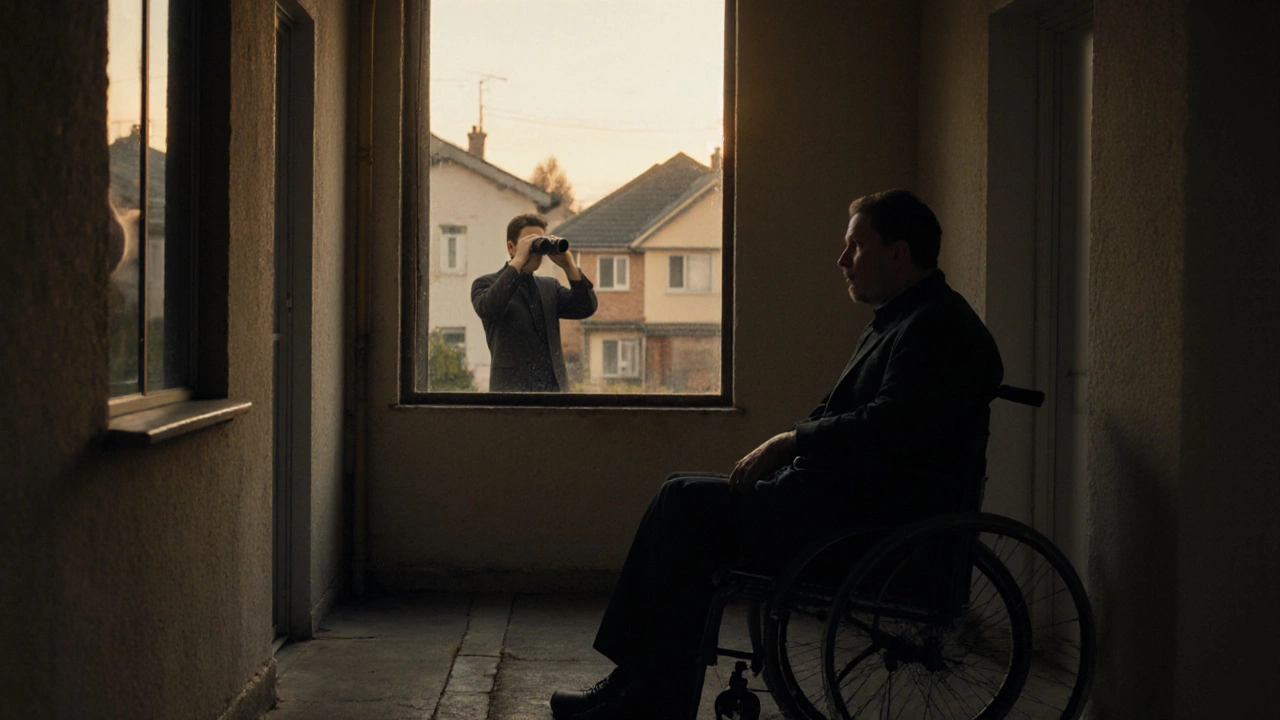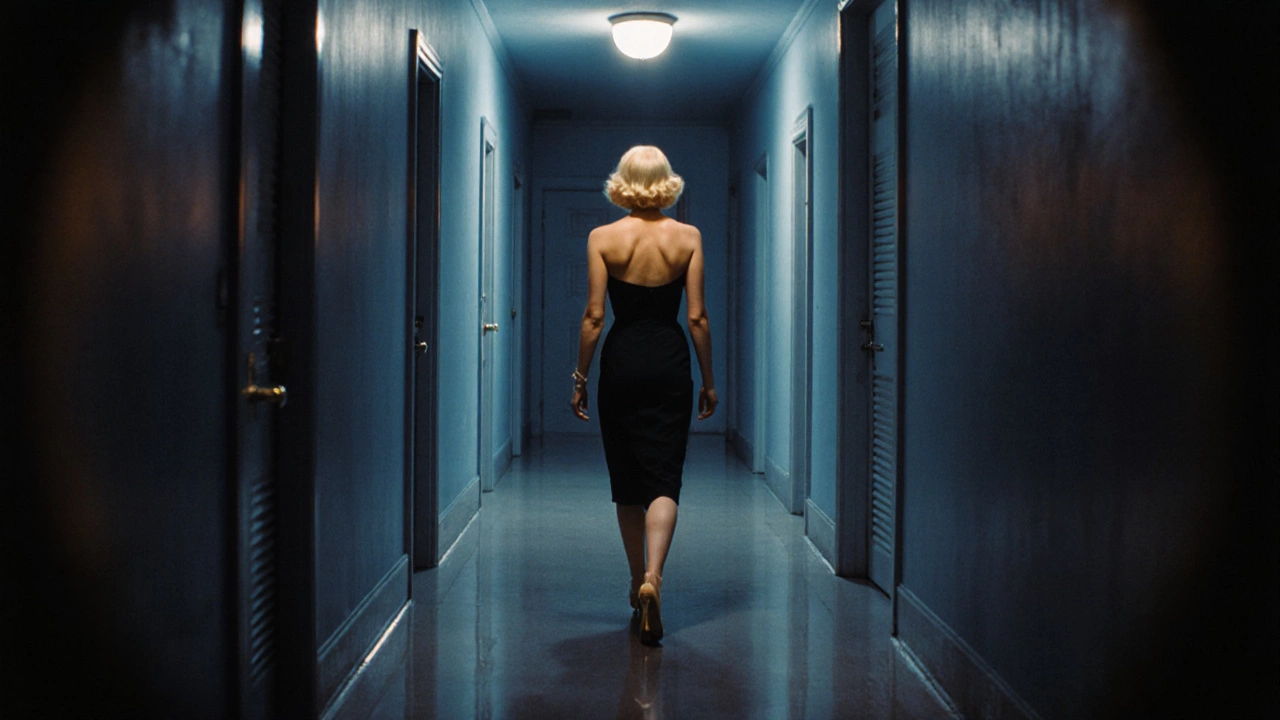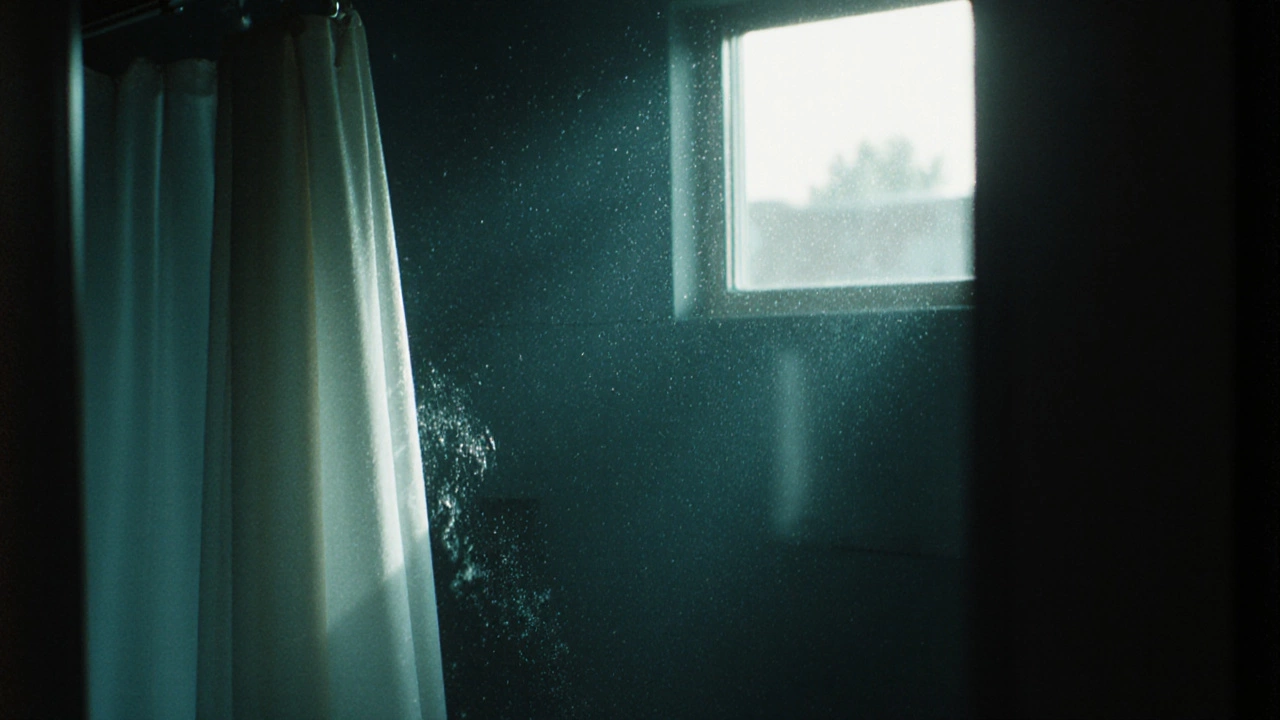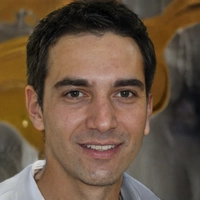Ask anyone who’s ever been too scared to look away from the screen, and they’ll tell you: there’s one name that still sends chills down spines decades after his films first hit theaters. He didn’t need jump scares or blood. He didn’t need monsters or aliens. He just needed a simple glance, a ticking clock, and a woman walking down a lonely hallway. That’s the power of Alfred Hitchcock.
The Man Who Turned Everyday Moments Into Terror
Before smartphones, before social media, before CGI, there was Alfred Hitchcock. Born in London in 1899, he started as a set designer in silent films and ended up shaping how the world experiences fear on screen. His movies didn’t rely on shock-they relied on anticipation. He made audiences feel the dread before the knife even moved. In Psycho, the shower scene lasts less than a minute, but it’s been analyzed, copied, and feared for over 60 years. Why? Because Hitchcock didn’t show the stab. He showed the reaction. He showed the water swirling down the drain, the curtain flapping, the silence after the scream. That’s suspense.
He didn’t just direct scenes-he engineered emotions. In Rear Window, James Stewart’s character is stuck in a wheelchair, watching his neighbors through a telephoto lens. The danger isn’t in what he sees-it’s in what he doesn’t see yet. The audience is trapped with him. We’re holding our breath, waiting for the killer to notice the camera. That’s Hitchcock’s genius: he made viewers complicit in the suspense.
His Signature Techniques
Hitchcock didn’t just make movies. He built tools for fear. Here’s how he did it:
- The MacGuffin: A plot device everyone’s chasing, but no one really cares about. In North by Northwest, it’s secret government microfilm. In Vertigo, it’s a woman’s identity. The object doesn’t matter-the tension does.
- Long takes with slow zooms: He’d hold a shot longer than anyone else, letting the silence grow heavy. The longer you stare, the more your mind fills in the horror.
- Unreliable characters: His protagonists often doubted themselves. Think of Strangers on a Train-a man agrees to kill someone for him, then turns on him. Who’s really in control?
- Blonde heroines: Grace Kelly, Tippi Hedren, Janet Leigh-they weren’t just beautiful. They were vulnerable. And that made the threat feel real.
He also used music like a weapon. Bernard Herrmann’s screeching violins in Psycho weren’t just background noise-they were the sound of panic made audible. You didn’t need to see the knife. You heard it coming.

Why He Still Beats Everyone Else
There are plenty of great suspense directors today. David Fincher builds cold, clinical dread. Denis Villeneuve layers tension with silence and scale. Jordan Peele turns social anxiety into horror. But none of them invented the blueprint. Hitchcock didn’t just make suspense films-he defined the grammar of fear.
Modern thrillers like Get Out or Shutter Island borrow his tricks. The slow reveal. The hidden motive. The moment the audience realizes the person you trusted is the danger. That’s Hitchcock’s DNA. Even when directors try to be darker, grittier, or more violent, they’re still working inside the space he carved out.
And here’s the thing: he never needed to win Oscars to prove his influence. He won just one, for Rebecca-Best Picture. But his real award was the way audiences still feel the same knot in their stomachs watching his films today. In 2025, a 12-year-old in Sydney can watch Psycho on a tablet and still jump at the shower scene. That’s not nostalgia. That’s mastery.

Who Else Gets Mentioned? Why They Don’t Top Him
Some people argue for directors like Roman Polanski (Chinatown) or Brian De Palma (Carrie, Dressed to Kill). Others point to modern auteurs like Christopher Nolan, whose Inception plays with time and perception like Hitchcock played with fear.
But here’s the difference: those directors built on his foundation. Polanski used claustrophobia. De Palma used split-screen and mirrors. Nolan used layered timelines. All brilliant. But none of them started from scratch. Hitchcock did. He was the first to realize that the audience’s imagination is scarier than any monster you can put on screen.
Even John Carpenter, who gave us Halloween, admitted he modeled the killer’s POV shots after Hitchcock’s Psycho. The masked figure watching from the shadows? That’s pure Hitchcock.
The Legacy That Won’t Fade
Alfred Hitchcock didn’t just make movies. He taught filmmakers how to make people feel. He proved that suspense doesn’t come from what you show-it comes from what you hide. From what you delay. From the seconds between the knock on the door and the door opening.
His films are still taught in film schools from Los Angeles to London. His techniques are studied by screenwriters, cinematographers, and even video game designers. The tension in Resident Evil’s hallways? That’s Hitchcock. The slow reveal in The Last of Us? That’s Hitchcock.
He died in 1980, but his shadow still stretches across every thriller made since. No one else has matched his control over audience psychology. No one else made fear feel so personal, so quiet, so inevitable.
If you want to understand suspense, you don’t need to watch the latest Netflix thriller. You need to watch Psycho. Then Rear Window. Then Vertigo. Watch them without sound once. Watch them with the lights off. You’ll feel it-the pull, the dread, the almost unbearable waiting. That’s not just cinema. That’s magic.
Is Alfred Hitchcock really the king of suspense, or is it just a myth?
It’s not a myth-it’s fact. Hitchcock didn’t just make suspense films; he invented the language of suspense in cinema. His techniques-like the MacGuffin, long takes, and psychological tension-are still used in every major thriller today. Even directors who claim to hate his style still borrow from him. No other filmmaker has had that kind of lasting, structural influence on the genre.
What’s the best Hitchcock movie to start with?
Start with Psycho. It’s his most famous, most accessible, and most influential. The story is simple: a woman steals money, checks into a motel, and vanishes. But the way the film unfolds-especially the shift in focus after the first act-is revolutionary. If you’re ready for something deeper, go straight to Vertigo. It’s a psychological masterpiece about obsession, identity, and control.
Did Hitchcock ever make a movie without suspense?
Not really. Even his comedies, like North by Northwest, are built on suspense. He called himself a director of “pure cinema,” meaning he believed emotion should come from visuals and pacing, not dialogue. Whether he was making a romance, a thriller, or a spy caper, he always layered in tension. That’s why even his lighter films still feel gripping.
Why do modern horror movies feel less suspenseful than Hitchcock’s?
Modern horror often relies on sudden shocks, loud noises, and graphic imagery. Hitchcock knew that fear lives in the waiting. He let silence stretch. He let the audience imagine the worst. Today’s films rarely give you that space. They rush to the scare. Hitchcock made you fear what might happen. Modern films make you react to what already did.
Are Hitchcock’s films still relevant today?
More than ever. His themes-paranoia, surveillance, identity, guilt-are more relevant now than in the 1950s. With smartphones, cameras everywhere, and social media, we live in a world he predicted. Rear Window feels like a documentary about Instagram stalking. Psycho is a warning about how easily we can be manipulated by someone who looks normal. He didn’t just make thrillers-he made warnings.

